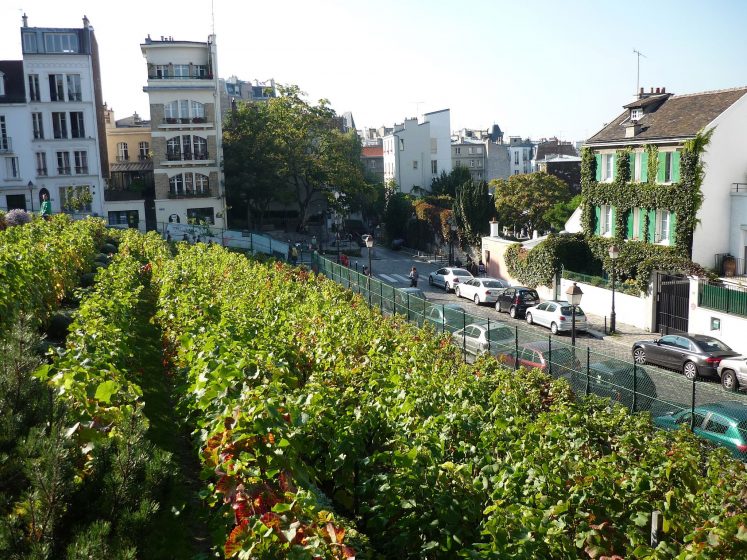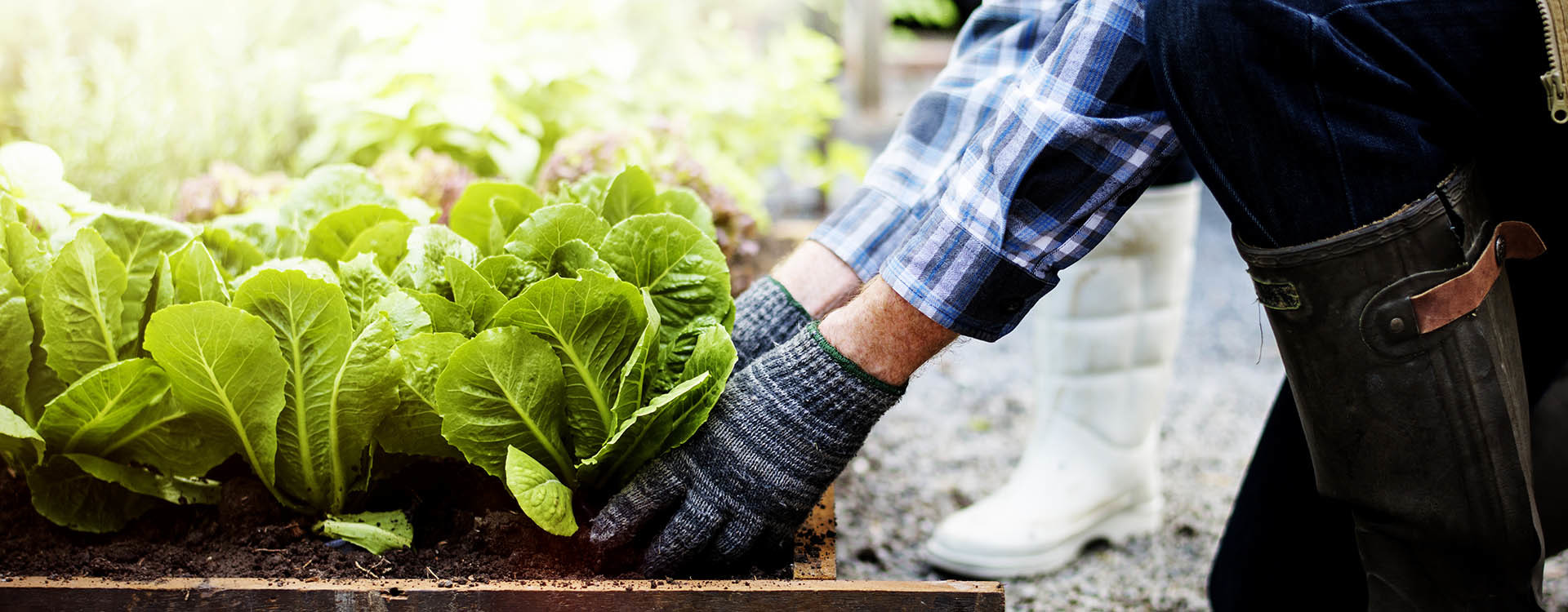The Facts About City Blooming Uncovered
The Facts About City Blooming Uncovered
Blog Article
The Greatest Guide To City Blooming
Table of ContentsAbout City BloomingCity Blooming Things To Know Before You Get ThisNot known Facts About City BloomingThe Definitive Guide to City BloomingCity Blooming Things To Know Before You Get This
Intrigued in expanding food for sale in the City of Chicago? Below is a list of regularly asked concerns regarding the regulations and laws that growers should consider when preparing a metropolitan farming task.
The zoning amendment does not modify any type of various other codes dealing with composting, structure authorizations, acquiring or leasing City owned residential property, business licenses or ecological contamination. There are existing codes that regulate these issues and they continue to be in complete result and may apply to your project. Community yards are typically had or managed by public entities, public companies or community-based organizations and preserved by volunteers.
Urban farms grow food that is planned to be sold, either on a nonprofit or for-profit basis. Due to their business objective, city ranches need a service certificate.
The 6-Minute Rule for City Blooming
Composting is permitted however just for plant product that is generated and made use of on site. The amount of garden compost material can not exceed 25 cubic lawns at any kind of given time according to the standards in 7-28-715 of the City's Municipal Code. Yes. Because the dirt at most new garden sites requires modifying, compost, soil, wood chips, or other products can be acquired to build or improve the expanding space - urban gardening.

If a structure permit is called for after that the hoophouse will be considered an accessory building. You can discover even more about the structure license requirements by calling the Department of Structures. The 25,000-square-foot size limit is meant to stop a single area yard from dominating a given block or diminishing the block's existing domestic or business personality.
The restriction does not put on gardens found in Public Open Room (POS) areas. Can there be more than one area garden that is 25,000 square feet on a single block? Yes. The dimension limit puts on individual yards, not to individual blocks. No. Secure fencing is not called for, nevertheless, gardens that have big parking lot might be needed to set up fencing or other landscape design functions.
Get This Report on City Blooming
B1 & B2 areas require that all commercial usage tasks be performed indoors. R areas limit business task. The regulations mirror the function and intent of the Zoning Code. Is secure fencing required for urban farms? Yes. Fencings may be required, in addition to landscape design and screening, for particular car park areas and outside work or storage locations depending on area and the particular activity happening.
Urban ranches go to this web-site call for structure authorizations and zoning approvals prior to building (urban gardening). Other types of city evaluation might be called for depending on specific structures, tasks, dimension, landscape design, licensing, public health and stormwater management issues.
Yes. The kind of certificate is figured out by what is happening at the site. The Division of Company Matters and Consumer Security can help figure out the details sort of service permit that's called for. Yes. Off street auto parking is needed for many business projects in Chicago. The called for variety of parking rooms is based on the number of workers working on website and not the square video of the growing space.
The Best Guide To City Blooming

An urban ranch can offer garden compost material generated on site, nonetheless, the procedure needs to conform with the regulations in 7-28-715 of the Chicago Municipal Code. Aquaponic systems are permitted inside your home on metropolitan farms in several zoning districts.
Approximately five hives or swarms of honey bees may be kept as an accessory usage. Beekeepers need to register with the Illinois Division of Agriculture. For more details concerning the proposed zoning modification you might speak to the Department of Housing and Economic Development, Bureau of Planning and Zoning at 312.744.8563.
Farming in cities and city areas A metropolitan ranch in Chicago. Urban farming describes various practices of growing. https://peatix.com/user/22844047/view, handling, and distributing food in city locations. The term additionally uses to the location tasks of pet husbandry, aquaculture, beekeeping, and gardening in an urban context. Urban agriculture is differentiated from peri-urban agriculture, which takes area in country locations beside residential areas.
The 2-Minute Rule for City Blooming
It can include an activity of organic cultivators, "foodies" and "locavores", that look for to create socials media based on a common values of nature and neighborhood holism. These networks can develop by means of formal institutional assistance, becoming integrated right into neighborhood town as a "change community" movement for sustainable city growth.
In either case, the a lot more direct access to fresh veggie, fruit, and meat products that might be become aware with metropolitan agriculture can boost food security and food safety while reducing food miles, bring about reduced greenhouse gas exhausts, thus adding to climate adjustment mitigation. Some of the initial proof of city agriculture comes from Mesopotamia.
Report this page